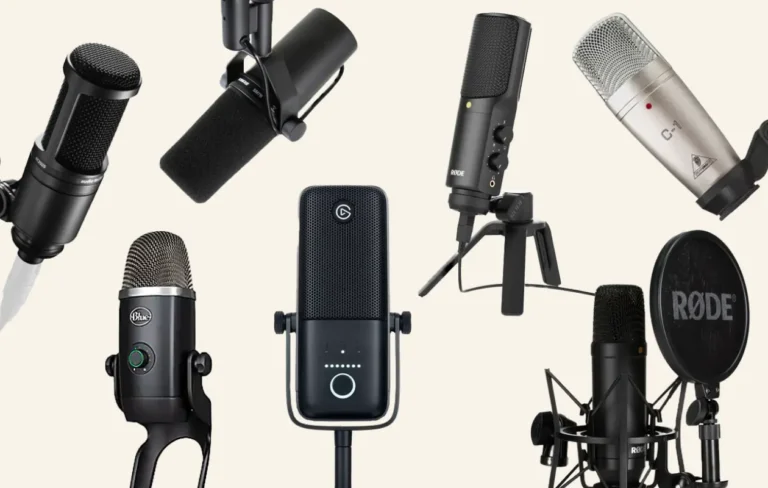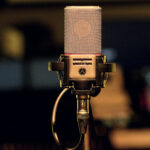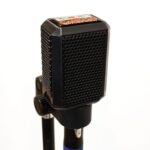Hello there, fellow audio enthusiasts! As someone who has spent years working with microphones and studying their unique characteristics, I’m excited to dive into the world of omnidirectional microphones with you. Choosing the right microphone is a critical part of any recording setup, and understanding the specific strengths and weaknesses of each type of mic is essential to achieving the best possible results. So, let’s explore what makes omnidirectional microphones special and how you can use them to capture stunning, immersive recordings.
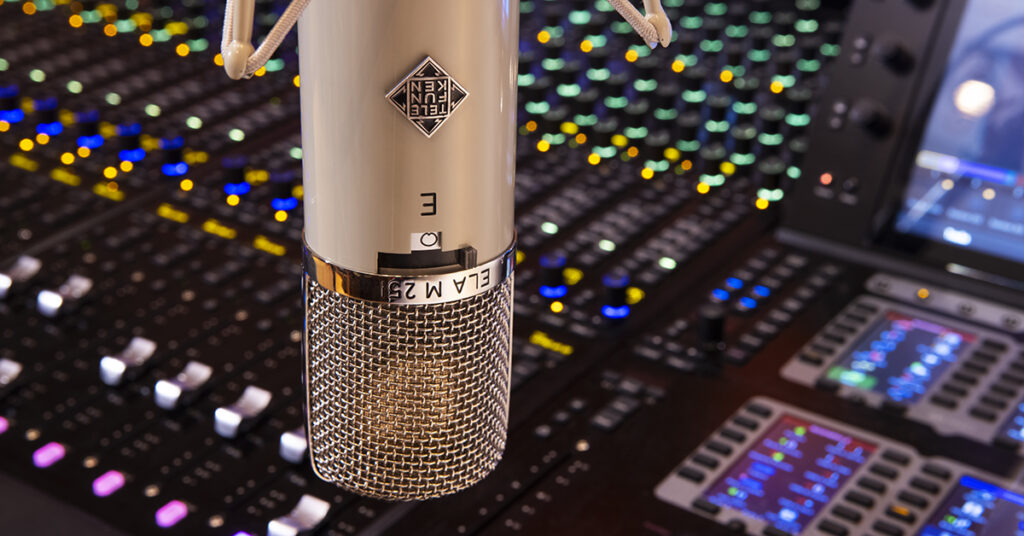
The Basics: What is an Omnidirectional Microphone?
An omnidirectional microphone is a type of microphone that picks up sound equally from all directions. This is different from other common microphone types, like cardioid or figure-8 mics, which have more directional pickup patterns. The term “omnidirectional” comes from the Latin word “omni,” meaning “all,” and “directional,” referring to the direction of sound pickup.
More About Mic’s
So, how does an omnidirectional microphone work? Inside the microphone capsule, there’s a diaphragm that’s equally exposed to sound from all angles. When sound waves hit the diaphragm, it vibrates, converting the acoustic energy into an electrical signal that can be recorded or amplified. The key difference between an omnidirectional mic and other types is the capsule design, which allows sound to reach the diaphragm from all directions, resulting in that equal sensitivity pattern.

The Advantages of Omnidirectional Microphones
One of the biggest reasons to love omnidirectional microphones is their ability to capture a wonderfully natural, spacious sound. Because they pick up sound from all around, they excel at recording the ambience and acoustics of a room or space. This makes them a fantastic choice when you want to capture the genuine character and reverb of an environment, like when recording an acoustic ensemble in a beautiful concert hall or a group of singers in a resonant church.
Another advantage of omnidirectional mics is their reduced susceptibility to proximity effect. If you’ve ever noticed a boomy, bass-heavy sound when using a directional mic up close to a source, you’ve experienced proximity effect. Omnidirectional mics, however, maintain a more consistent frequency response regardless of the distance between the mic and the sound source. This can be a huge help in achieving a balanced, natural sound when close-miking instruments or vocalists.
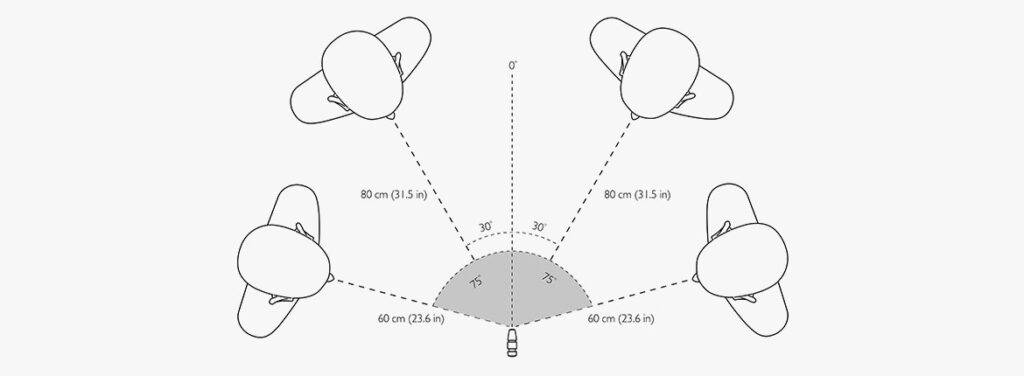
The Disadvantages of Omnidirectional Microphones
Of course, no microphone is perfect for every situation, and omnidirectional mics have some disadvantages to consider as well. Because they pick up sound from all directions, they can be less effective at isolating individual sound sources or rejecting background noise compared to more directional mics. This can be a challenge in situations where you need to focus on a specific instrument or vocalist while minimizing bleed from other sources.
What is a Figure-8 Microphone? An In-Depth Guide
Omnidirectional mics can also be more prone to feedback in live sound situations. Because they’re more sensitive to sound coming from the loudspeakers, they have a higher risk of creating feedback loops than directional mics when used in a PA system. This is something to keep in mind if you’re considering an omnidirectional mic for live performances.
When to Use an Omnidirectional Microphone
So, when should you reach for an omnidirectional microphone in your own recording projects? In my experience, omnidirectional mics really shine when the goal is to prioritize the natural sound and ambience of a space. They’re unbeatable for capturing room tone, whether you’re recording the lush reverb of a concert hall, the lively atmosphere of a live event, or the authentic acoustics of an instrument in its native environment.
Omnidirectional mics are also a go-to choice for ensemble recordings, like choirs, orchestras, or percussion groups, where the aim is to capture a balanced, cohesive sound without favoring any particular direction. The equal sensitivity pattern of an omnidirectional mic ensures that every voice or instrument is represented naturally and evenly in the final recording.
The Understanding of Microphone Self-Noise
And let’s not forget about close-miking techniques! Because of their reduced proximity effect, omnidirectional mics can be a great option for miking up sources like acoustic guitars, strings, or even vocalists at close range. They’ll capture all the detail and nuance of the source without adding any unnatural low-end boost.
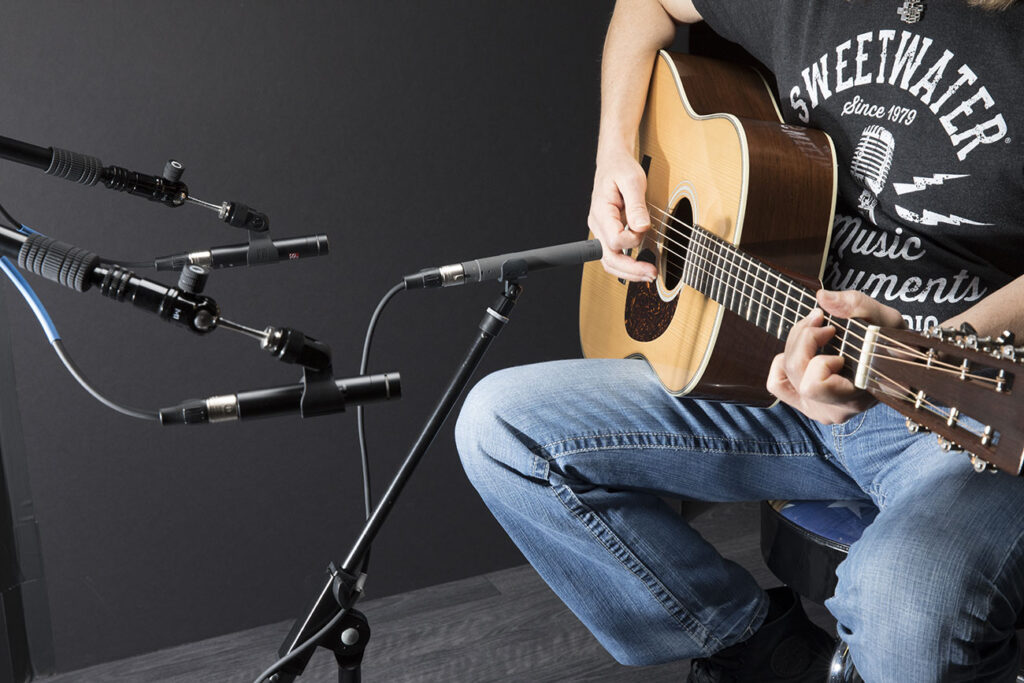
Choosing the Right Omnidirectional Microphone
If you’re in the market for an omnidirectional microphone, there are some amazing options out there to suit a variety of budgets and recording needs. One of my personal favorites is the Neumann U 87, a legendary microphone that offers stunning transparency and versatility with switchable polar patterns, including omnidirectional. It’s an investment, but one that will serve you well for years to come.
For a more budget-friendly option, check out the Shure SM63. This compact, rugged omnidirectional mic is perfect for handheld use in broadcast or live sound applications, and it offers impressive sound quality for its price point.
Microphone Sensitivity: What Is It?
And if you’re looking for the ultimate in precision and clarity, the DPA 4006A is a high-end omnidirectional mic that’s trusted by audio professionals around the world. Its exceptional accuracy and transparency make it a top choice for critical recording applications.
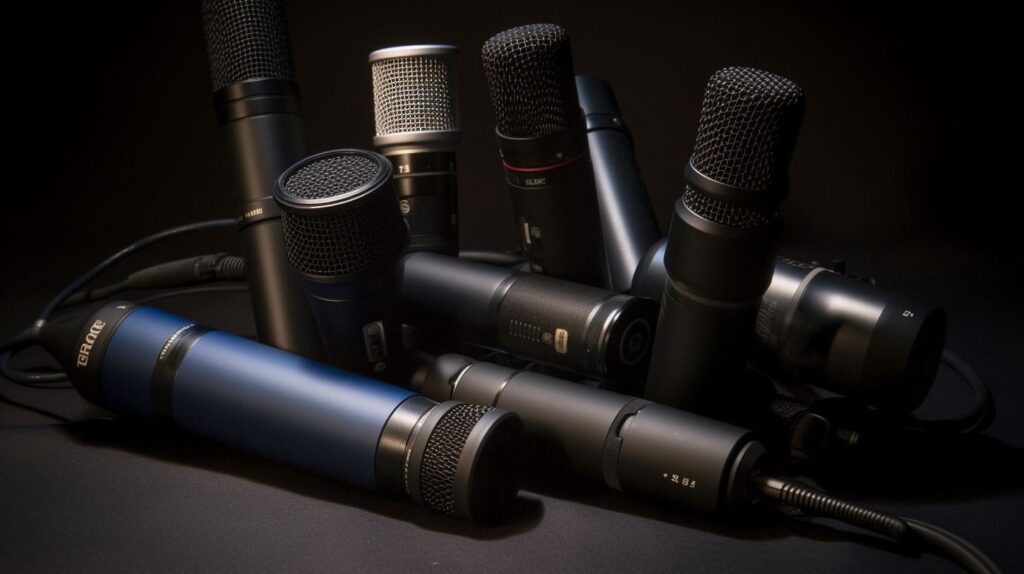
Conclusion: What is an Omnidirectional Microphone
At the end of the day, the key to getting the most out of an omnidirectional microphone is to understand its unique strengths and weaknesses and to match it with the right recording situation and technique. By playing to an omnidirectional mic’s natural advantages – its spaciousness, consistency, and authenticity – you can capture recordings that are truly immersive and emotionally engaging.
How to Choose the Best Microphone Polar Pattern: A Practical Guide
So, the next time you’re setting up for a recording project, consider giving an omnidirectional microphone a try. Whether you’re looking to capture the essence of a space, the balance of an ensemble, or the nuance of a close-miked source, an omnidirectional mic might just be the perfect tool to bring your creative vision to life. Happy recording!
